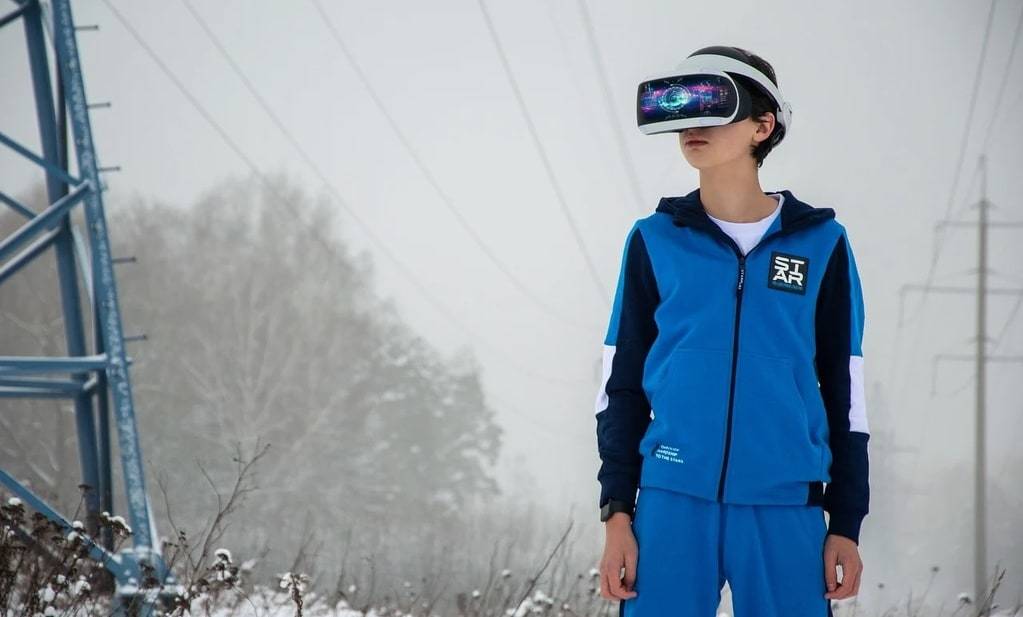The advent of the digital age has precipitated profound cultural shifts, transforming how individuals and communities interact, create, and perceive the world around them. The integration of digital technology into everyday life has revolutionized communication, reshaped social structures, and altered cultural norms, making it a topic of significant importance in contemporary discourse. This article delves into the various facets of these cultural transformations, examining their impacts and implications for society.
Digital Age Transformations in Cultural Dynamics
The digital age has redefined cultural dynamics in myriad ways. One of the most significant changes is the way people communicate. The rise of social media platforms, instant messaging, and video conferencing tools has facilitated instantaneous communication across the globe. This has not only made it easier to maintain relationships over long distances but has also enabled the formation of virtual communities that transcend geographical boundaries. These virtual communities have become new cultural hubs where individuals can share ideas, experiences, and cultural artifacts.
In addition, the digital age has democratized the creation and dissemination of content. Platforms like YouTube, TikTok, and Instagram have empowered individuals to become content creators, allowing them to share their talents, opinions, and stories with a global audience. This shift has led to a diversification of cultural expressions, as voices from different backgrounds and perspectives gain visibility. Traditional gatekeepers of culture, such as publishers and broadcasters, no longer hold a monopoly on what is seen and heard, resulting in a more pluralistic cultural landscape.

Impact on Traditional Media
Traditional media has not been immune to the changes brought about by the digital age. Newspapers, television, and radio have had to adapt to the new digital environment, often by incorporating digital elements into their offerings. Many newspapers now have online editions, and television networks provide streaming services to cater to the growing demand for on-demand content. The shift to digital has also affected advertising, with companies increasingly focusing on digital marketing strategies to reach their target audiences.
The consumption of media has also changed dramatically. Streaming services like Netflix and Spotify have altered how people consume television shows, movies, and music. The ability to access a vast array of content anytime and anywhere has led to changes in viewing and listening habits, with binge-watching and personalized playlists becoming commonplace. This has also impacted the way cultural products are created, with an emphasis on producing content that can capture and retain the attention of digital audiences.
Changes in Social Interaction
The digital age has also reshaped social interaction, influencing how people form and maintain relationships. Social media platforms have become central to social life, allowing people to stay connected with friends and family, share experiences, and engage in social movements. However, the impact of social media on social interaction is a double-edged sword. While it has made communication more convenient, it has also been associated with issues such as social isolation, cyberbullying, and the spread of misinformation.
Another significant change is the way people present themselves online. The creation of online personas through profiles, avatars, and curated content has become a common practice. This has led to discussions about the authenticity of online interactions and the pressure to present an idealized version of oneself. The emphasis on likes, shares, and followers has also influenced social dynamics, with social validation becoming a significant aspect of online engagement.
Emerging Trends and Future Directions
As the digital age continues to evolve, several emerging trends are shaping the future of cultural dynamics. One such trend is the rise of artificial intelligence (AI) and its applications in cultural production. AI algorithms are being used to create music, art, and literature, raising questions about the role of human creativity and the definition of art. Another trend is the increasing importance of digital literacy, as individuals need to navigate the complexities of the digital world effectively.
In the realm of education, the digital age has brought about significant changes. Online learning platforms, virtual classrooms, and digital resources have transformed traditional education systems. This has made education more accessible but has also highlighted issues related to digital divides and the need for equitable access to technology.
Bullet points summarizing key aspects:
- Instantaneous global communication through social media and messaging platforms
- Democratization of content creation with platforms like YouTube and TikTok
- Transformation of traditional media to incorporate digital elements
- Changing media consumption habits with streaming services
- Impact of social media on social interaction and online personas
- Emerging trends such as AI in cultural production and the importance of digital literacy
Looking Ahead
The cultural shifts in the digital age are far-reaching and multifaceted. As technology continues to advance, these changes will likely become more pronounced, influencing various aspects of life. Understanding these shifts is essential for navigating the digital landscape and harnessing the opportunities it presents. The digital age offers a unique blend of challenges and possibilities, shaping the future of culture in unprecedented ways.